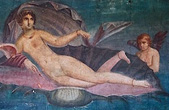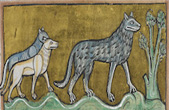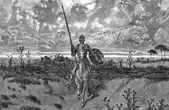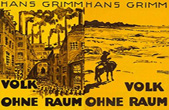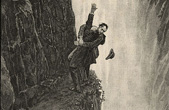Driving Forces of Storytelling
Adventure is a narrative structure with an affinity for daydreaming, a kind of matrix for fantastic processes. That is why the analysis of what is adventurous requires considering the driving forces effective in fictional literature, not least a contemplation of the energies of sexual desire that keep adventure narratives running and motivate the dynamics of their reception. These energies of desire are manifested in phenomena such as tension and identification – both are basic mechanisms of the reception of adventure narratives and therefore the epitome of a literary practice from which modern texts distances themselve. However, adventures participate in older powers of fascination, for example in techniques of narrative interweaving.
How are the narrative energies of desire articulated through concrete principles of literary form? And how are driving forces of narration socially realized and differentiated? One of the central questions in this context concerns the issue of the gender of adventure. The traditional perception of adventure literature presumes largely masculine protagonists and readership. This gender bias of adventure cannot be separated from their age bias, in other words its firm connection to the world of adolescent reading. This seemingly unmistakable coding of adventure as initiatory passage for young, masculine readers is to be described and relativized as a feature of (Western) modernity.


